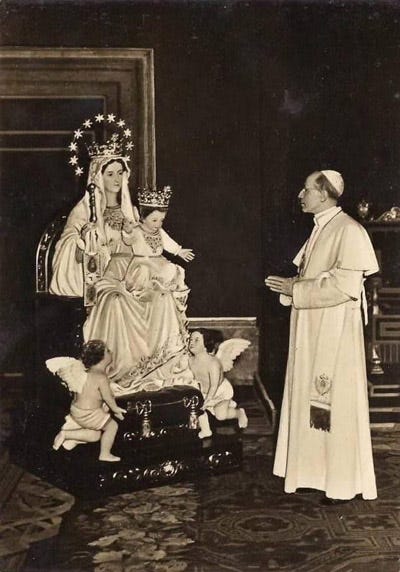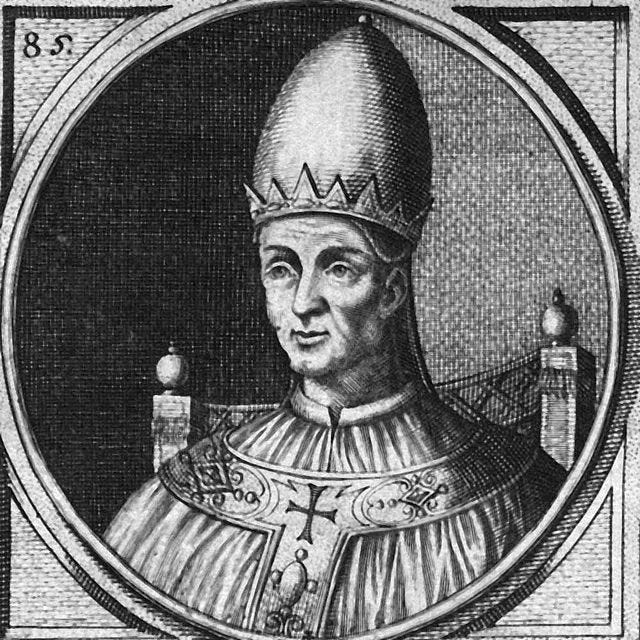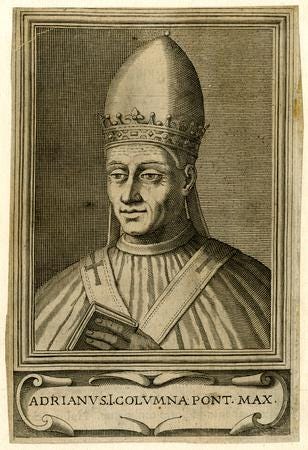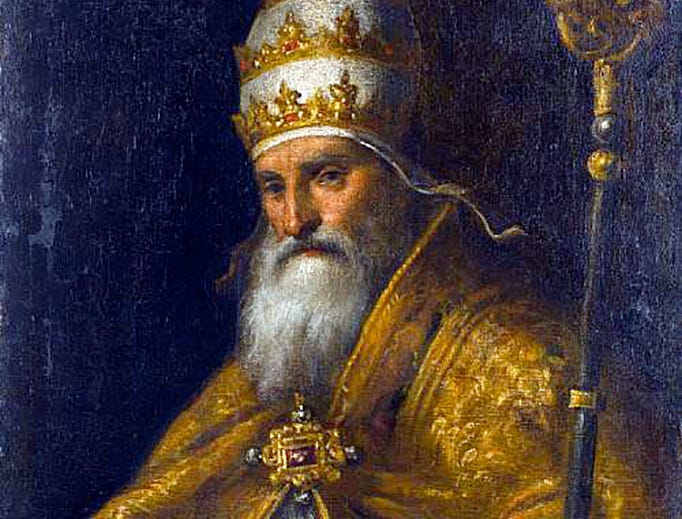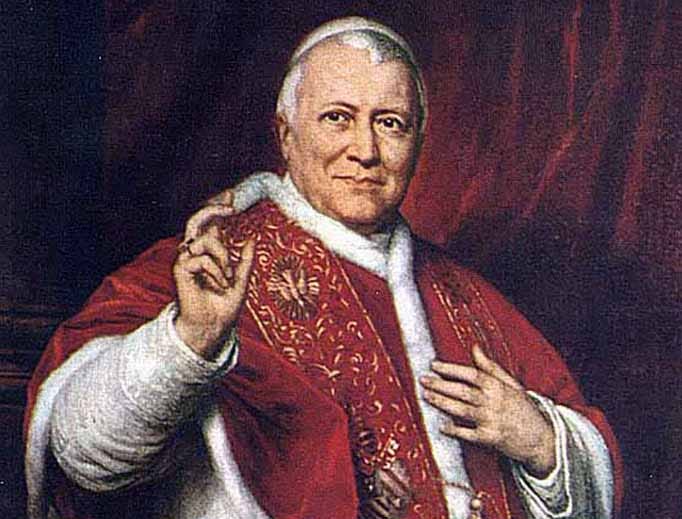The popes and the Feast of the Assumption of the Blessed Virgin Mary
How the one whose "soul magnifies the Lord" had her feast magnified by Bishops of Rome down through the centuries
August 15 each year marks the day in which Catholics and many other Christians throughout the world celebrate the feast of the Assumption of the Blessed Virgin Mary, the belief that Jesus Christ’s mother was taken bodily into heaven at the end of her earthly life.
Today also marks a feast that has been celebrated for well over 1,000 years in the Catholic Church, culminating Ven. Pope Pius XII invoking papal infallibility and declaring in 1950 that Mary’s Assumption was a dogma of the Catholic faith. Writing in his apostolic constitution Munificentissimus Deus, Pius XII said,
“…by the authority of our Lord Jesus Christ, of the Blessed Apostles Peter and Paul, and by our own authority, we pronounce, declare, and define it to be a divinely revealed dogma: that the Immaculate Mother of God, the ever Virgin Mary, having completed the course of her earthly life, was assumed body and soul into heavenly glory.”
Of course, Pius XII was the last in a long line of papal predecessors who had magnified the Assumption down through the centuries, and Pius himself made sure to chronicle each of those contributions in Munificentissimus Deus itself.
687 A.D.
Although the commemoration of Mary’s bodily assumption had been celebrated in various places throughout Eastern and Western Christendom for a couple of hundred years by the time Pope St. Sergius I ascended to the Chair of St. Peter, he was the one who elevated the Assumption to far greater prominence among Catholicism’s liturgical feasts.
Sergius I, who hailed from Antioch (modern-day Turkey) opted to elevate the Assumption and three other Marian feasts to include a litany and procession, as just one example of many Eastern customs he brought to the Eternal City during his 14-year reign.
774 A.D.
Another of the instances noted by Pius XII was a gift sent from Pope Adrian I (772-795 A.D.) to Charlemagne in the late 8th Century. Adrian I sent a copy of the Sacramentarium Gregorianum – a medieval book detailing the order of the Mass and liturgical calendar – to the King of the Franks, which included the following prayer, a nod to the existing belief in Mary’s bodily Assumption:
“Venerable to us, O Lord, is the festivity of this day on which the holy Mother of God suffered temporal death, but still could not be kept down by the bonds of death, who has begotten your Son our Lord incarnate from herself.”
Even further, the Sacramentarium also notes, in the first prayer of the Mass for this feast, that Mary “could not be kept in the chains of death.”
847 A.D.
Less than a century after Adrian I’s reign, Pope St. Leo IV advanced the feast of the Assumption even further, as its popularity continued to spread throughout the West. Pius XII writes:
“St. Leo IV saw to it that the feast, which was already being celebrated under the title of the Assumption of the Blessed Mother of God, should be observed in even a more solemn way when he ordered a vigil to be held on the day before it and prescribed prayers to be recited after it until the octave day. When this had been done, he decided to take part himself in the celebration, in the midst of a great multitude of the faithful.”
866 A.D.
Not two decades later, Pope St. Nicholas the Great (Nicholas I) advanced the feast even further. According to author Marina Warner:
“Nicholas I placed the Assumption on a par with Christmas and Easter, tantamount to declaring Mary's translation to Heaven as important as the Incarnation and Resurrection of Christ.”
1570 A.D.
There wasn’t much farther for the feast of the Assumption itself to climb up the liturgical ladder thanks to Leo IV and Nicholas I, so there were few recorded changes or updates over the ensuing several centuries on that front. However, Pius XII details how the theological understanding of Mary’s Assumption continued to develop at the hands of men like St. Anthony of Padua, St. Albert the Great, St. Thomas Aquinas, and others.
Each of these efforts culminated in Pope St. Pius V marking the Assumption as a major feast in his 1570 Sacramentary that was released as part of the Catholic Counter-Reformation.
1740 A.D.
Inching ever closer to a dogmatic pronouncement, Mary’s Assumption received a nod from Pope Benedict XIV, just over 200 years before Pius XII’s proclamation. The Catholic Encyclopedia quoted Benedict XIV as saying that the Assumption had reached the status of “a probable opinion, which to deny were impious and blasphemous.”
1854 A.D.
Marking the only other time that a pope has invoked papal infallibility in an individual pronouncement (outside of an ecumenical council, that is), Blessed Pope Pius IX declared the Immaculate Conception of Mary – that she was conceived without the stain of original sin – as a dogma of the Catholic faith.
Now, a full treatment of Pius IX’s declaration is for another day, but the two dogmas are intricately intertwined, as Pius XII himself wrote a century later:
“[The privilege of the bodily Assumption into heaven of Mary, the Virgin Mother of God] has shone forth in new radiance since our predecessor of immortal memory, Pius IX, solemnly proclaimed the dogma of the loving Mother of God's Immaculate Conception. These two privileges are most closely bound to one another. Christ overcame sin and death by his own death, and one who through Baptism has been born again in a supernatural way has conquered sin and death through the same Christ. Yet, according to the general rule, God does not will to grant to the just the full effect of the victory over death until the end of time has come. And so it is that the bodies of even the just are corrupted after death, and only on the last day will they be joined, each to its own glorious soul.”




